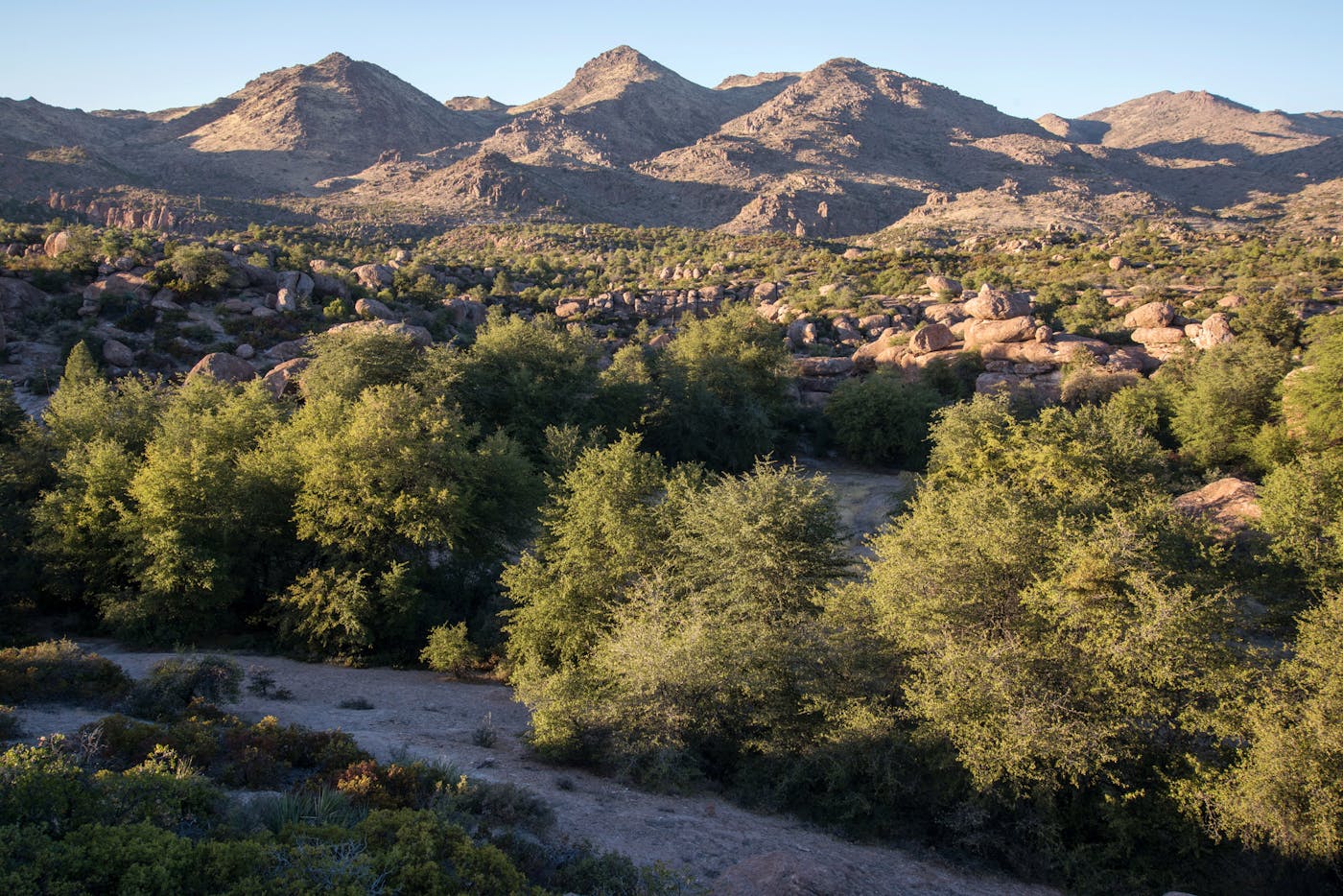|
 The Oak Flat area in Tonto National Forest in Arizona (Elias Butler/CC BY SA 4.0) | |||
| When Nick Martin wrote about the transfer of Oak Flat, in Arizona, to mining company Resolution Copper back in January, it seemed a done deal. Though the 2,400 acres set to be traded in a land swap contain the sacred site for Apache nations’ Sunrise Ceremony, and though an environmental assessment found that the mine would likely “permanently affect numerous cultural artifacts, sacred seeps and springs, traditional ceremonial areas, resource-gathering localities, burial locations, and other places and experiences of high spiritual and other value to tribal members,” the Trump administration approved the transfer on January 15. Activists were feeling pretty grim. As Nick pointed out, quoting San Carlos Apache citizen Naelyn Pike about her own experience with the Sunrise Ceremony, the land holds not just historic significance but current significance, and the mine seemed likely to devastate the area. “My sunrise dance ceremony was one of the most pivotal moments of my life and forever changed who I am and how I see this world,” Pike told a congressional subcommittee. “My culture is not for sale. My religion is not for sale. My people and my future are not for sale.” On Monday, however, the Agriculture Department hit the pause button, ordering the U.S. Forest Service to withdraw the environmental assessment. The USDA said it will now “conduct a thorough review based on significant input from collaborators, partners, and the public,” consulting with tribal nations as per President Biden’s first-week executive order to ensure “the Forest Service has complied with the environmental, cultural, and archaeological analyses required.” This isn’t a permanent solution. As Nick noted in January, the transfer was written into law thanks to the late Senator John McCain, who slipped a rider called Section 3003 into the 2015 National Defense Authorization Act. “Long term protection of the site,” the USDA’s statement acknowledged, “will likely require an act of Congress.” “The fact that McCain’s rider passed and was signed into law,” Nick wrote, “makes the Apache activists pessimistic that the incoming Biden administration and Democratic congressional majorities will help them. Section 3003, after all, was signed and approved by a Democratic president and a Democratic Senate.” He quoted former San Carlos Apache tribal Chairman Wendsler Nosie, who said, “I’ve seen them for over 30 years, I’ve worked with Congress, I’ve spoken to them individually. They all told me, ‘Mr. Nosie, you’re fighting the right fight, keep it up, this is wrong, but—.’ It always ends with ‘but.’” Since you may start hearing more about Oak Flat, it’s worth reading Nick’s piece in full. Here are some other updates from the past week, below. —Heather Souvaine Horn, deputy editor | |||
| Advertising  | |||
 | |||
 | |||
| The Delaware River Basin Commission voted last week to ban fracking throughout the Delaware River watershed, which runs through parts of Delaware, New Jersey, Pennsylvania, and New York and provides water to some 13 million people. The resolution cited scientific and governmental reviews showing a danger to drinking water. (Industry spokespeople dispute this, and are challenging the decision in federal court.) Not mentioned in the resolution, but an independently excellent reason to ban fracking: Fracking and fracked gas release huge quantities of methane into the atmosphere. | |||
 | |||
| The United Nations released an analysis on Friday showing that countries’ current carbon-cutting plans are way, way below where they need to be to meet Paris Agreement targets. Meanwhile, polar ice melt continues, and the Atlantic Ocean’s circulation appears to be slowing down, which could wreak havoc on global climate patterns. | |||
 | |||
 | |||
| That’s the new estimated “social cost of carbon,” after the Biden administration raised it Friday. Climate adviser Gina McCarthy told The Washington Post the number is only a starting point; the price is likely to rise as the administration gathers more information to figure out “what the actual cost might be.” | |||
 | |||
| “Climate Neutral” products are now a thing. What’s behind the label? |  | ||
| Environmentally friendly consumerism is a minefield. Head on over to Grist to understand the latest label: “Climate Neutral Certified.”
Claire Elise Thompson | Grist | |||
| Advertising  | |||
 | |||
| Support Independent, Issue-Driven Journalism | |||
| | |||
| Copyright © 2021, The New Republic, All rights reserved. | |||
